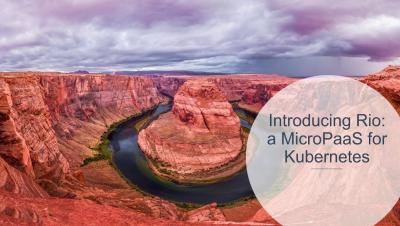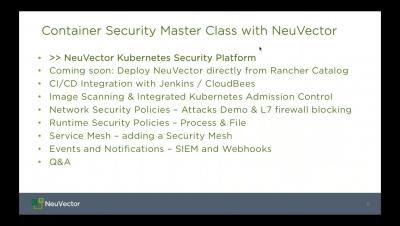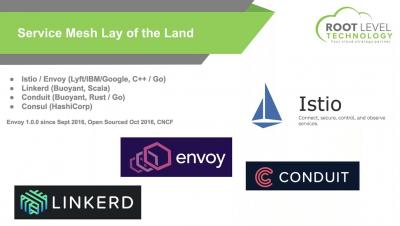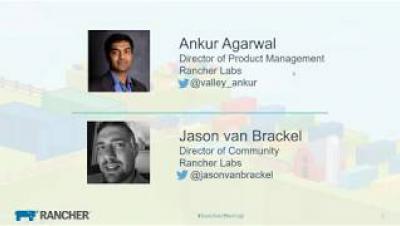Kubernetes: Tackling Resource Consumption
This is the third of a series of three articles focusing on Kubernetes security: the outside attack, the inside attack, and dealing with resource consumption or noisy neighbors. A concern for many administrators setting up a multi-tenant Kubernetes cluster is how to prevent a co-tenant from becoming a “noisy neighbor,” one who monopolizes CPU, memory, storage and other resources.











